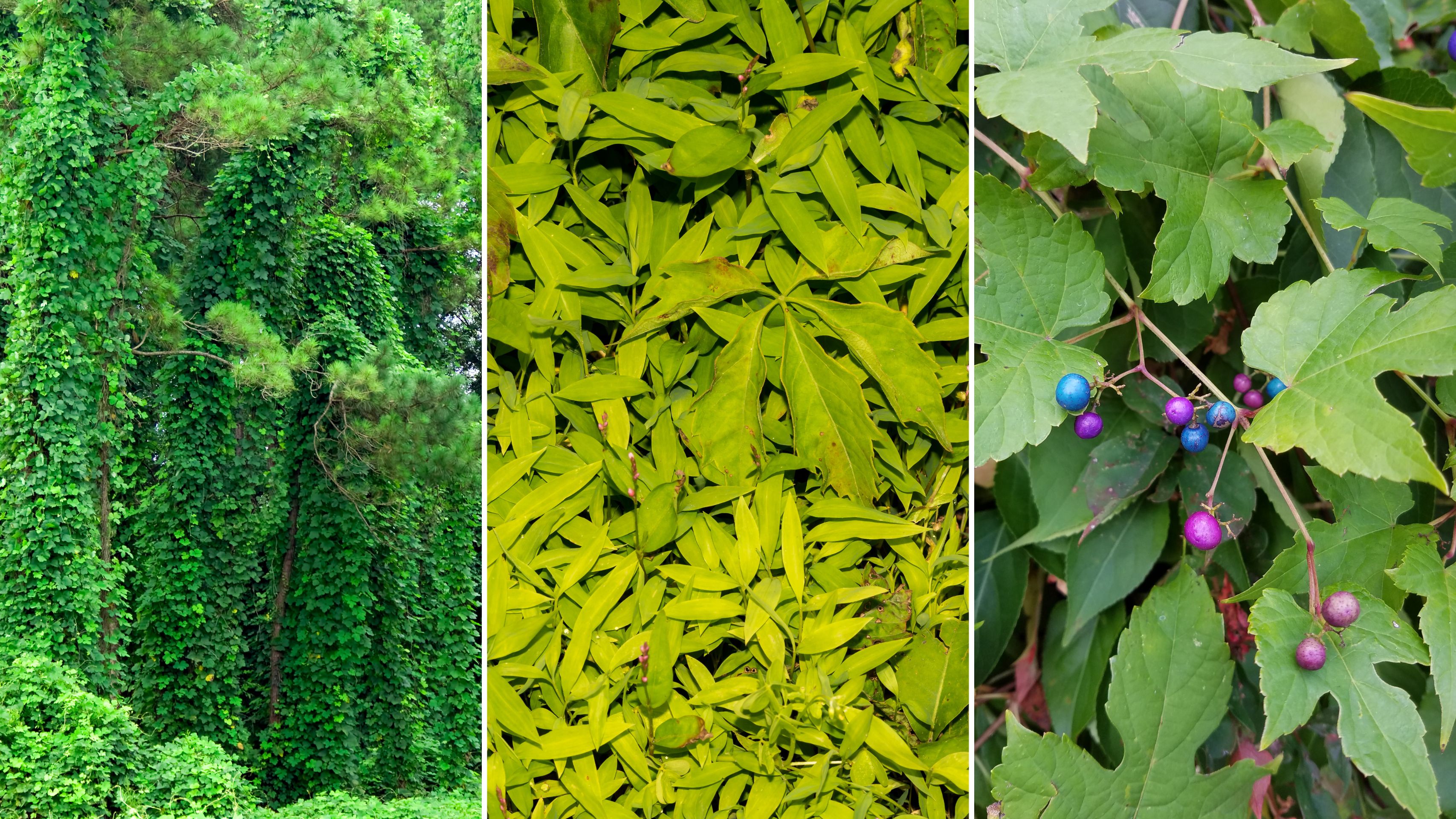Key Takeaways:
- Eight new plant species were declared as plant pests in Vermont.
- Designated species include Kudzu, Mile-a-Minute, and Japanese stiltgrass, among others.
- VAAFM will regulate the movement of these species within the state.
- Permits are now required for selling, transporting, or moving these plants.
- The collaborative selection process with multiple Vermont state government partners.
The Vermont Agency of Agriculture, Food and Markets (VAAFM) has taken a significant step to protect the state's ecosystems from the threat of invasive plant species. Utilizing existing statutory authority, Vermont Agriculture Secretary Anson Tebbetts has declared eight new plant species as plant pests. This measure addresses the ecological and economic risks these species present to Vermont.
Vermont's Invasive Plant Species Designation
The newly designated plant pests include Kudzu, Mile-a-Minute, Japanese Stiltgrass, Porcelain Berry, Wineberry, Waterwheel, Water Hyacinth, and Water Soldier. These species are not native to Vermont and have been identified as posing significant ecological and economic threats.
Regulation and Permits
Non-native invasive plant species can be introduced into Vermont either intentionally or unintentionally by humans. By declaring these species as plant pests, VAAFM can now require individuals or entities to obtain a permit from the Secretary of Agriculture, Food, and Markets before engaging in activities such as selling, transporting, or moving these plants within the state. This permitting process minimizes the risk of introducing or spreading these invasive species.
Secretary Tebbetts states, “The designation of these species as plant pests is necessary to protect Vermont's natural ecosystems and agricultural resources. By regulating their movement, we can better manage the risks they pose.”
Collaboration with State Partners
These eight invasive plant species were selected in consultation with various Vermont state government partners. These include the Vermont Departments of Forests, Parks, and Recreation, the Departments of Environmental Conservation, and Fish and Wildlife at the Agency of Natural Resources. This collaborative approach ensures that the decision is well-informed and considers the ecological impacts on various aspects of Vermont’s natural resources.
Julie Moore, Secretary of the Vermont Agency of Natural Resources, stated, “This coordinated effort reflects our shared commitment to preserving Vermont's environment. These species were selected based on their potential threat to our state's ecosystems.”
Ecological and Economic Threats
Invasive plant species like those newly designated can outcompete native plants, disrupt ecosystems, and cause significant economic damage. For example, Kudzu, often called “the vine that ate the South,” can grow rapidly and smother native vegetation. Mile-a-Minute and Japanese Stiltgrass can similarly dominate landscapes, leading to biodiversity loss and alterations in habitat structures that negatively impact wildlife.


